1. Palace of Versailles
The magnificent beauty inside the Palace of Versailles (Photo source: Collected)
Located about 20 km from Paris, the Palace of Versailles has long been a symbol of the power and ostentation of the Bourbon dynasty. Transformed from a modest hunting lodge into the most magnificent palace in the world by King Louis XIV, it was not only the political heart of France for more than a century but also the epitome of baroque and rococo luxury.
This European palace stands out with its Hall of Mirrors – where more than 350 mirrors reflect the light from the stunning crystal chandeliers, making the whole space burst with magical sparkle. Outside the palace is the Versailles garden, which stretches over an area of more than 800 hectares, meticulously trimmed in geometric patterns, dotted with stone statues and artistic fountains.
Versailles is not simply an architectural work, but a powerful declaration of the supremacy of power and the wonders of human hands. Although many seasons have passed, each stone slab here still whispers about lavish balls, political intrigues and even the royal loneliness behind the brilliant golden light.
2. Schönbrunn Palace
Schönbrunn Palace was built in the 17th century (Photo source: Collected)
Vienna – Austria’s capital of art and music – is home to one of Europe’s oldest and most elegant palaces: Schönbrunn Palace. Built in the 17th century and once home to Empress Maria Theresa and the illustrious Habsburg Empire, Schönbrunn is the epitome of classical beauty, a harmonious blend of power and sophistication.
Walking down its endless corridors, visitors can admire more than 1,400 rooms, each decorated with silk, ebony and gold leaf. This place witnessed the most prosperous periods of the Austro-Hungarian dynasty, as well as fateful encounters that changed the course of Europe.
The vast garden behind the palace is not to be missed – where the Gloriette stands proudly on the hill, overlooking the entire city of Vienna. This European palace is not only a UNESCO World Heritage Site but also a harmony of music, history and art.
3. Buckingham Palace
Buckingham Palace exists as a solemn and ancient symbol of royalty (Photo source: Collected)
Amidst the bustling and modern life of London, there still exists a solemn and ancient symbol of royalty – Buckingham Palace. This is not only the official residence of the British monarch but also one of the palaces in Europe that bears the strongest contemporary royal imprint.
Since the 19th century, Buckingham has been the center of important events, from coronations, state banquets to grand ceremonies such as Trooping the Colour to celebrate the Queen's birthday. Each time the guard is changed at the palace gates, people seem to witness a solemn, disciplined and quintessentially British ceremony.
Although not as splendid as Versailles or as lyrical as Schönbrunn, Buckingham Palace has its own beauty – solid, solemn and always moving forward. Inside are gilded rooms, Persian carpets and portraits of kings preserved for centuries.
This European palace is not only the home of a royal family but also a place to preserve the identity and pride of an entire nation. When night falls on London, the lights of Buckingham Palace still quietly shine as a testament to the longevity of an empire.
4. Neuschwanstein Palace
Neuschwanstein Palace appears as if it came out of the pages of a fairy tale (Photo source: Collected)
Nestled in the majestic Bavarian mountains, Neuschwanstein Palace appears as if it came out of the pages of a fairy tale. Built in the late 19th century by King Ludwig II of Bavaria – known as the “Dreamer King”, Neuschwanstein Palace is the pinnacle of romanticism, where reality and fantasy intersect.
The architecture of this European palace is a unique blend of medieval gothic style and the musical influences of Richard Wagner – the king’s confidant. With its soaring towers, glittering gold interiors and frescoes depicting ancient legends, Neuschwanstein is a beautiful symphony of nature and art.
Visitors can stand on the nearby Marienbrücke bridge to admire the entire palace amidst the rolling mountains and white waterfalls. It is no wonder that Walt Disney was inspired by this place to create the princess castle in the animated films. Neuschwanstein is not only one of the most visited palaces in Europe but also a living embodiment of passion, loneliness and the limitless imagination of human beings.
5. Pena Palace
Pena Palace is a colorful fairy garden in the middle of a dense cloud forest (Photo source: Collected)
Perched on a high hilltop in Sintra – a heritage land of Portugal – Pena Palace is a colorful fairy garden in the middle of a dense cloud forest. Different from the ancient majesty of traditional palaces, Pena has a free spirit and soaring imagination like a baroque song in the middle of nature.
Built in the 19th century in neo-Gothic and Moorish Arabic styles, Pena is a strange but harmonious blend of colors and materials. Every wall and every watchtower is dressed in a vibrant color – red, yellow, purple, green – like a vivid oil painting.
This European palace evokes the feeling of stepping into a legendary dream, where beauty is not constrained by stereotypes but freely flies between reality and imagination. Inside the palace are rooms decorated in the style of 19th-century Portuguese royalty, preserving the original beauty from ceramics, furniture to chandeliers. When the sunset dyes the hilltop red, Pena Palace seems to glow with a magical light, making visitors moved by the beauty, both brilliant and melancholy of a golden age gone by.
Each palace in Europe is a historical epic with its own unique sound. Some are majestic and quiet, some are splendid and splendid, some are romantic and vague. Although different in architecture, culture or era, they all have one thing in common: they are living proof of human talent, of the desire to reach beauty and eternity. If you want to feel the sublime beauty of Europe not only through ancient streets, oil paintings or symphonies, set foot in these palaces once. There, you will hear the echoes of the past and feel your heart vibrate with timeless beauty.
Source: https://www.vietravel.com/vn/am-thuc-kham-pha/cung-dien-o-chau-au-v17299.aspx


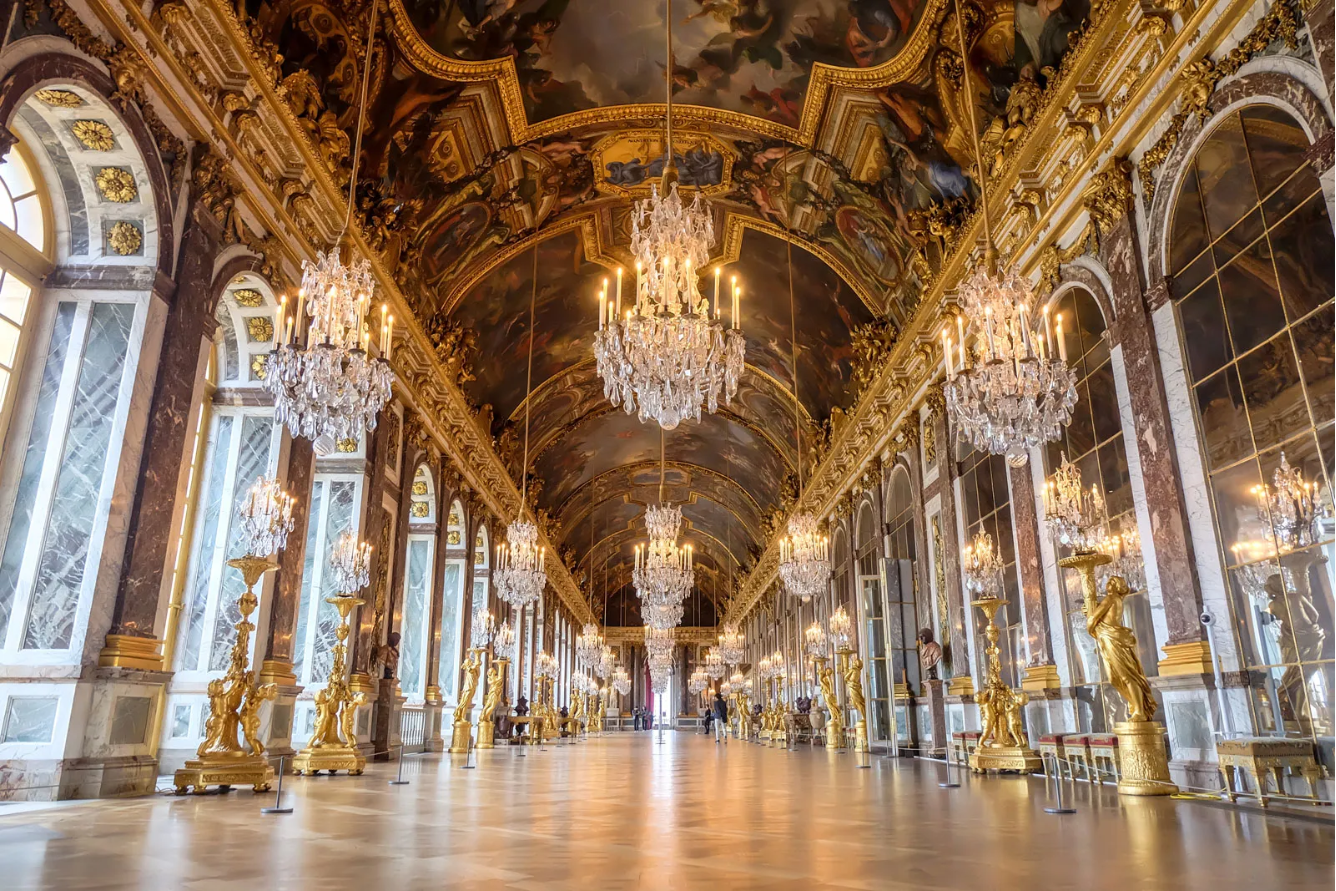
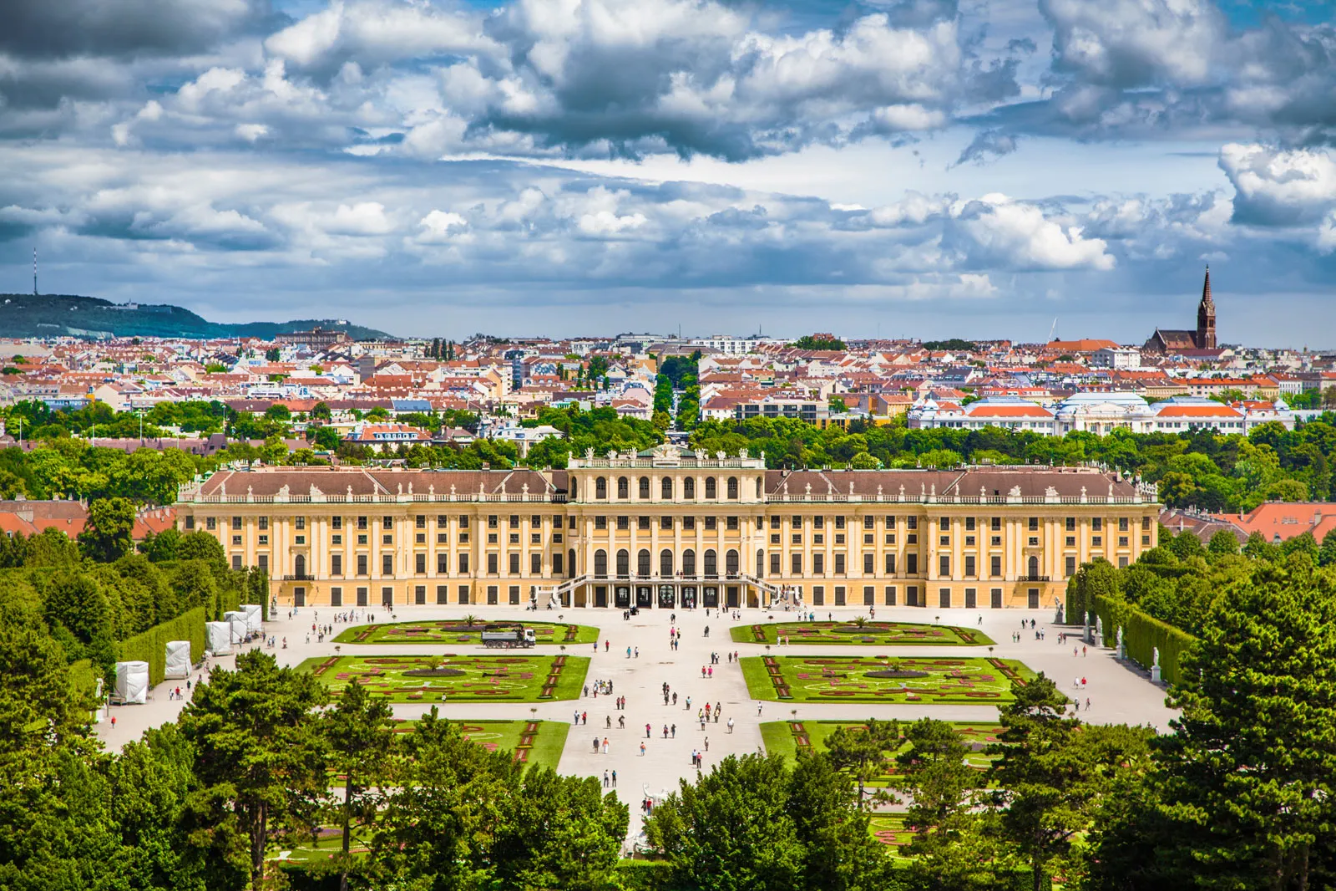
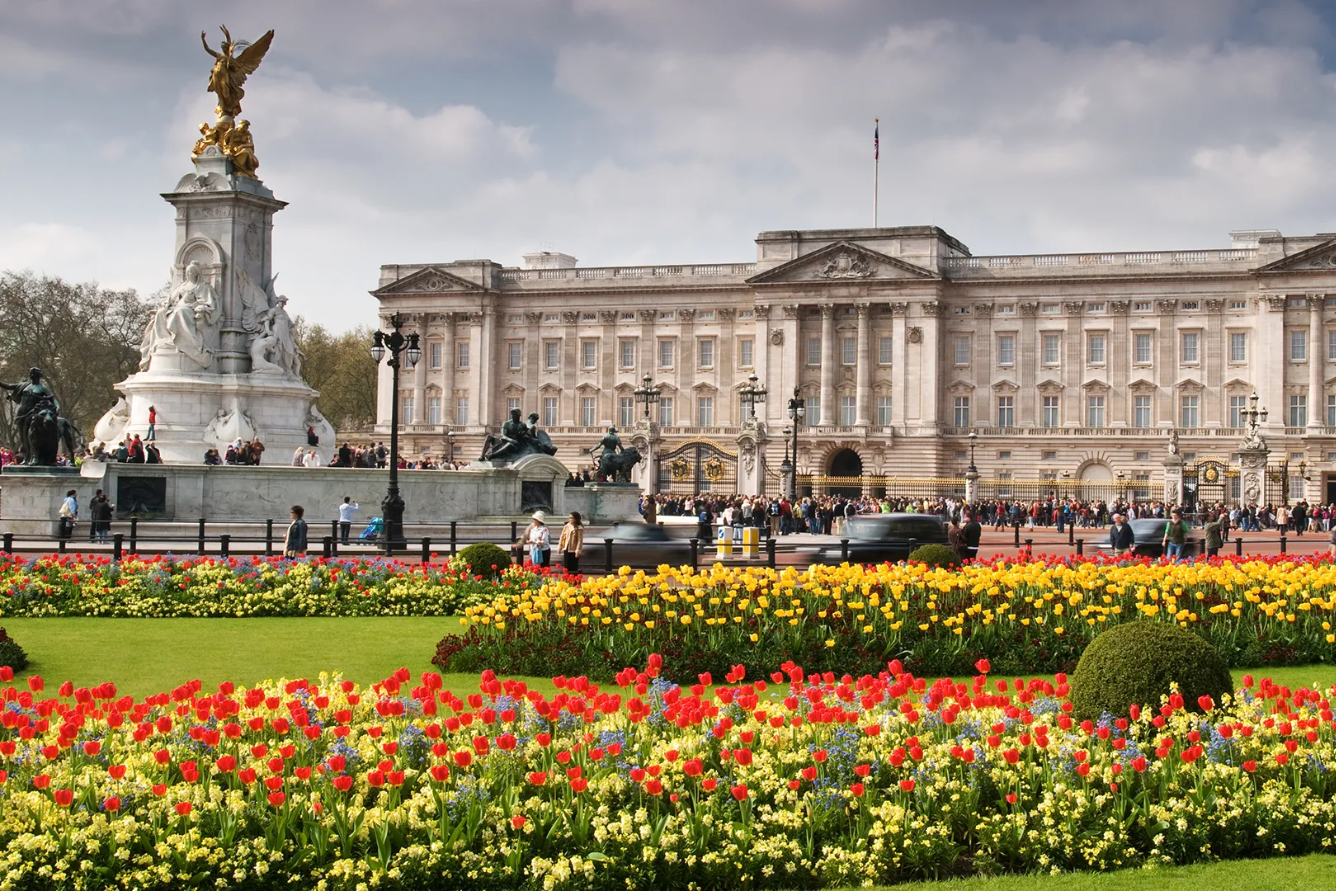
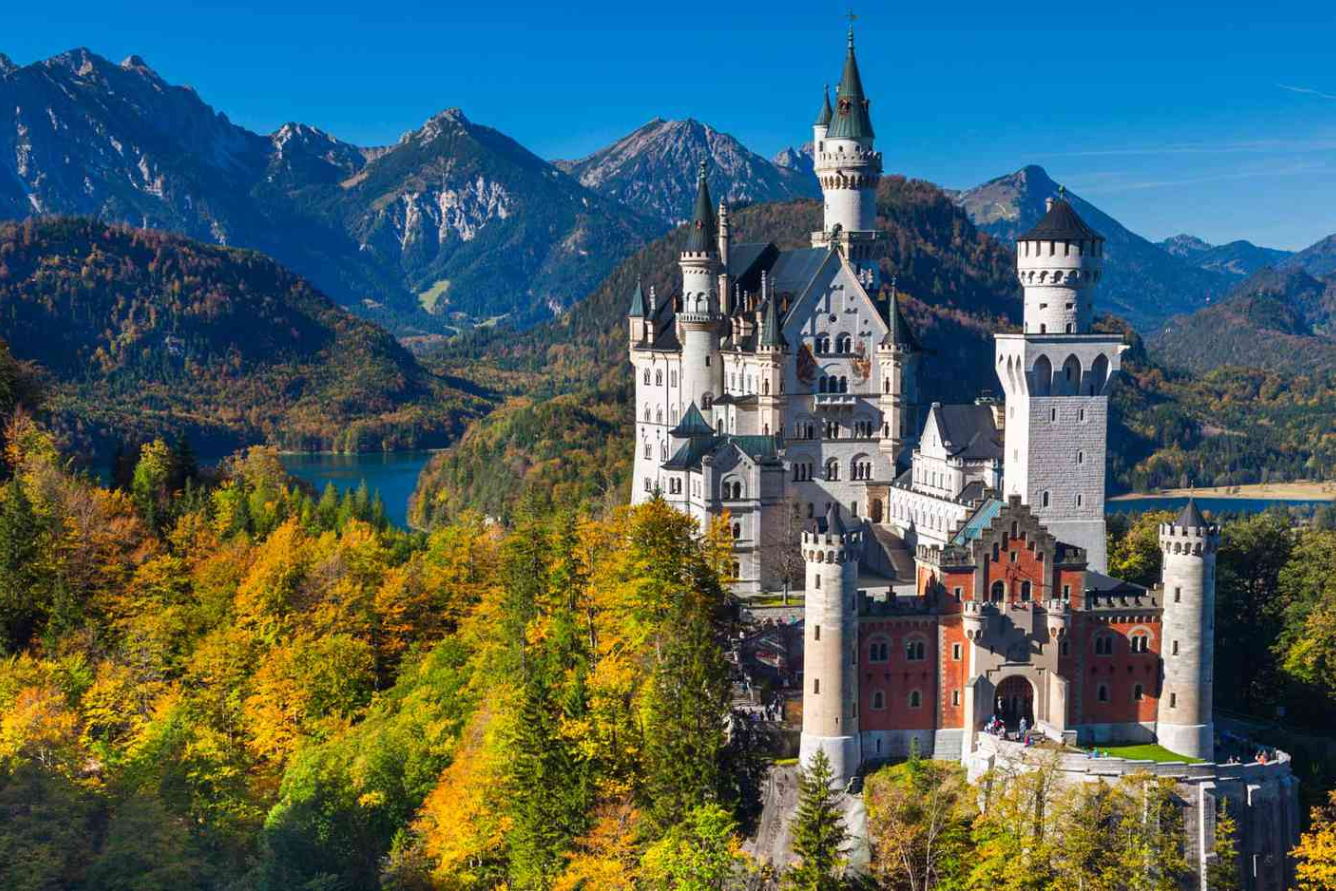
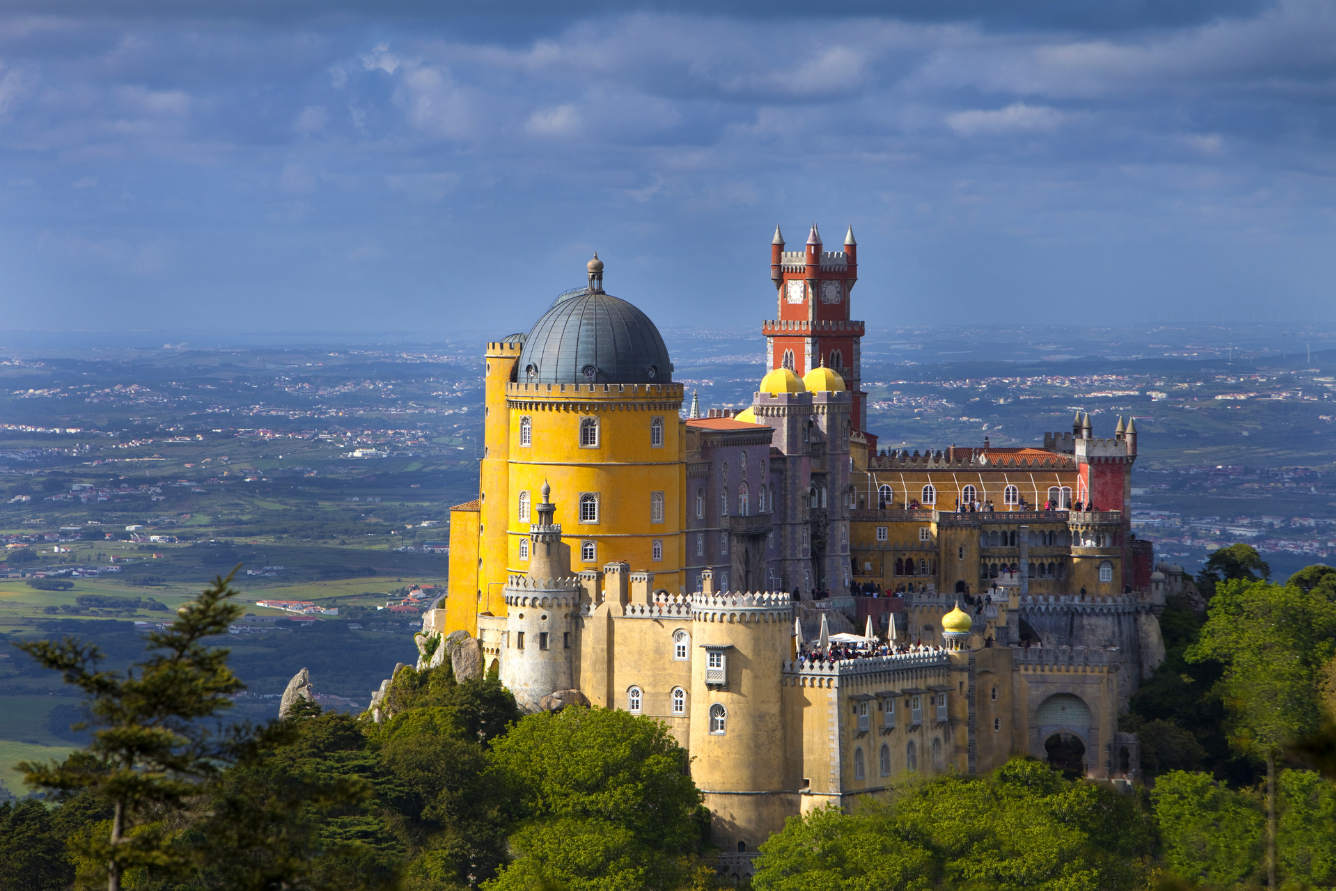




![[Photo] 60th Anniversary of the Founding of the Vietnam Association of Photographic Artists](/_next/image?url=https%3A%2F%2Fvphoto.vietnam.vn%2Fthumb%2F1200x675%2Fvietnam%2Fresource%2FIMAGE%2F2025%2F12%2F05%2F1764935864512_a1-bnd-0841-9740-jpg.webp&w=3840&q=75)
![[Photo] National Assembly Chairman Tran Thanh Man attends the VinFuture 2025 Award Ceremony](/_next/image?url=https%3A%2F%2Fvphoto.vietnam.vn%2Fthumb%2F1200x675%2Fvietnam%2Fresource%2FIMAGE%2F2025%2F12%2F05%2F1764951162416_2628509768338816493-6995-jpg.webp&w=3840&q=75)




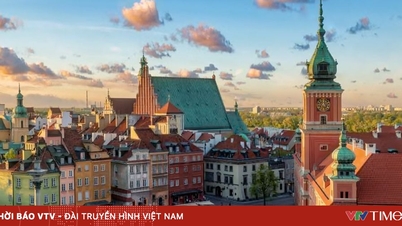





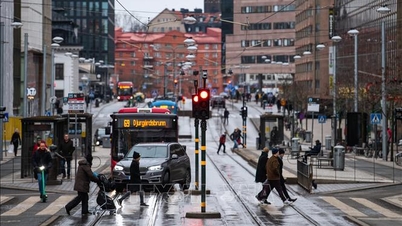







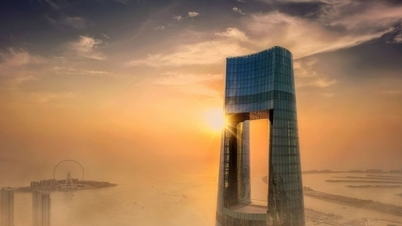
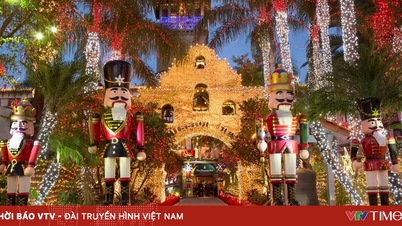












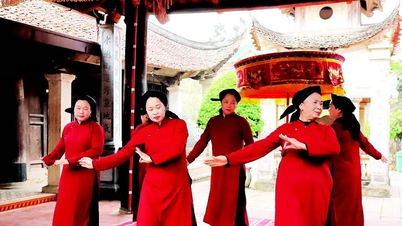

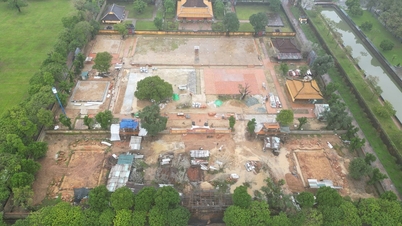




























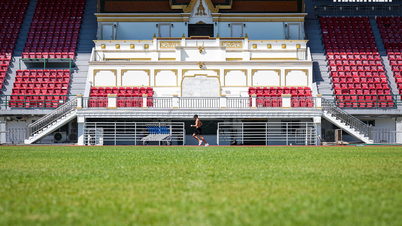



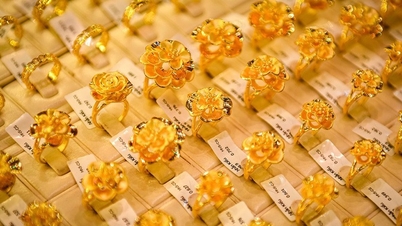





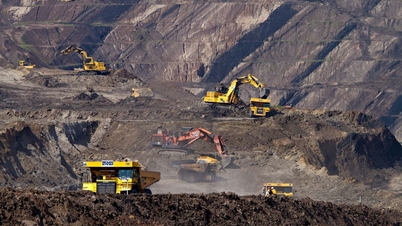








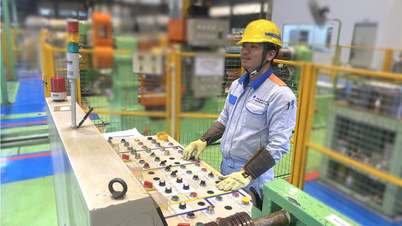




















Comment (0)